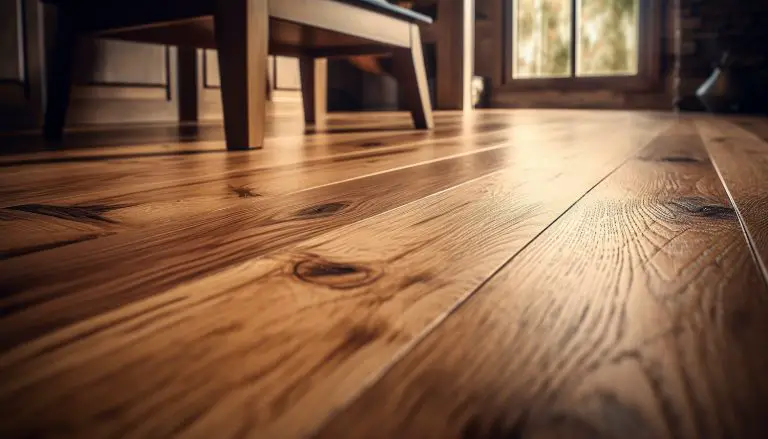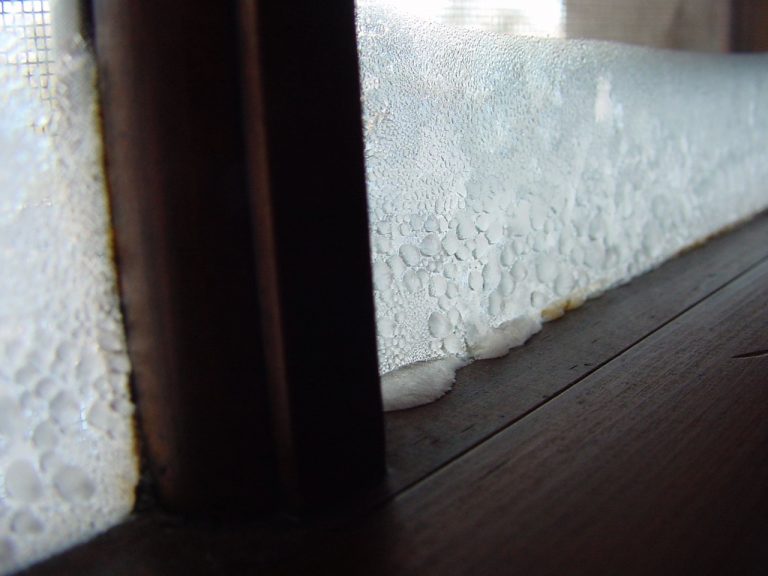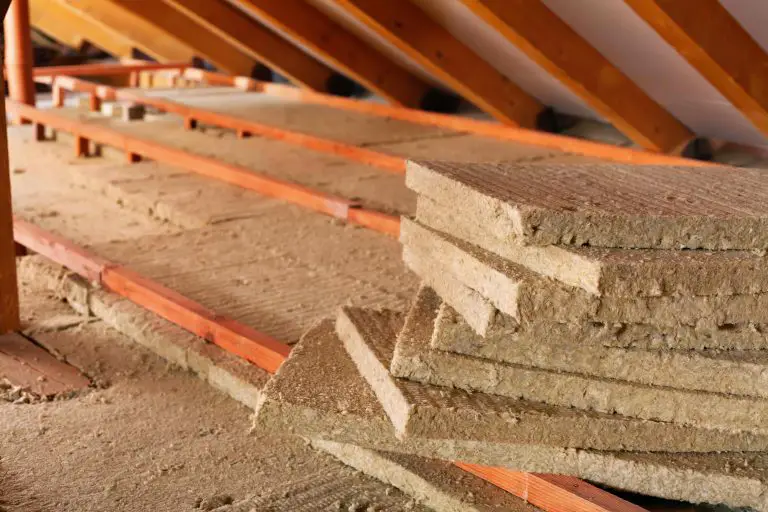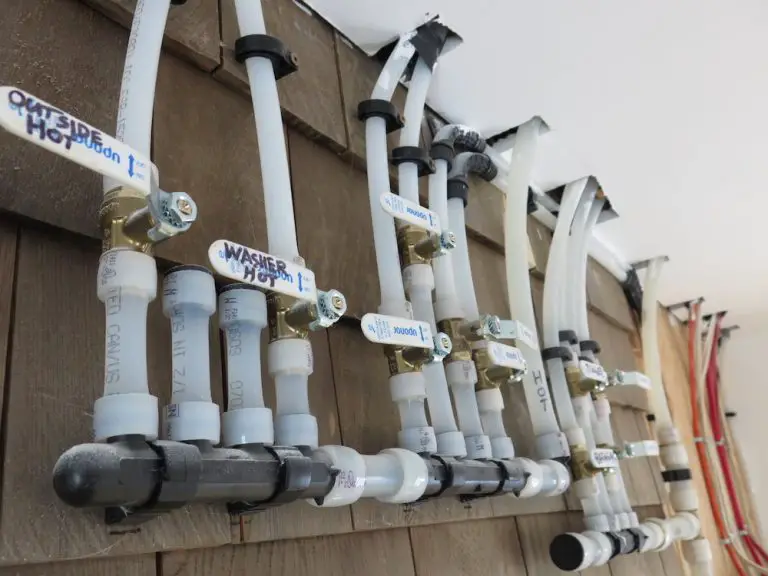One of the most significant home building contributions to have come out of Canada is the R2000 program. It’s a collection of high-end home building standards and builder licensing requirements that addresses energy consumption and ventilation issues like nothing else. The system regulates factors that ordinary building codes don’t even consider, ensuring a more comfortable, healthful and economical structure that generates fewer environmental costs. In fact, if you’re a quality-minded homebuyer, you’ll be glad to know that R2000 standards are verified by independent performance audits on each completed home, and backed by an official Government of Canada certificate. Clearly, this is all much more than marketing hype.
I’m big on R2000 because I’m convinced it brings our country one step closer to a favourite ideal of mine: the elusive goal of true environmental sustainability. And we’d be wise to put some effort into this quest because we Canadians have a lot to answer for. We generate more per capita environmental degradation than any other nation on earth.
Sure, we’ve got quite a climate to deal with, and distances between our cities are huge. But the upper atmosphere doesn’t care for these excuses. Carbon dioxide from home-related emissions still contributes to the greenhouse effect, regardless of its source or our reasoning.
All else being equal, an R2000 structure does cost more upfront, but it also uses 30% less energy than a new house built to current minimum code standards. Due to future energy efficiency cost savings higher R2000 construction costs really need to be looked at as an investment, not an expense.
Besides saving you money in the long run, the dividends you get for your extra dough includes a home with measurably better indoor air quality thanks to mechanical ventilation systems and lung-friendly building materials. You’ll also enjoy greater physical comfort in summer and winter because of higher insulation values, plus less noise and household dust. Even if you don’t care about the environment and have money to burn, R2000 still makes sense because it’s a mark of superior value, comfort and durability. Quality is cool.
Although initially created by our Federal government, R2000 is now enjoying renewed vitality across the country thanks to independent delivery agents who administer R2000 operations in the provinces and territories. The Canadian Home Builders’ Association is the central hub from which these local initiatives emerge.
Licensed R2000 builders are allowed to meet the energy performance standards of the program in any way, as long as bottom line results are met or exceeded. This usually includes the use of extra insulation, more effective windows, full-wall basement insulation, plus a uniquely Canadian invention that’s a direct spin-off from those original R2000 initiatives began 30 years ago.
When people first began tightening houses to save money, it created an unexpected problem. As drafts and air leaks were blocked, stale air, health problems and wintertime window condensation appeared at troublesome levels. To solve these difficulties, Canadian industry invented an air-quality appliance called a heat-recovery ventilator (HRV) as a direct spin-off of the R2000 program. In fact, you can’t have an R2000 home without an HRV. This piece of equipment has now become a mainstream ventilation device sold worldwide. It improves both R2000 homes as well as non-certified houses.
An HRV is a box-shaped appliance that’s permanently mounted in your home, usually in the basement. It uses fans to draw fresh air into the home, while exhausting stale air outdoors in balanced quantities. This is the ventilation part of the HRV equation, but it’s only half the deal. The other half involves recovery of most of the energy invested in the stale, outgoing air stream before it leaves your house. The latest generation of HRVs also include built-in filtration systems that remove dust and pollen from the air entering your home.
Does cold weather cause condensation to form on your windows? If water droplets run down the panes, it’s a strong indication of inadequate ventilation and too-high indoor humidity levels. An HRV can be added to almost any home and is the only way to improve indoor air quality while also retaining the heat you paid for.
There are some things in this world that only government can do well, and initiating the R2000 program is a good example. The private sector could never have pulled it off initially because the venture didn’t include any chance of timely profit in the early days. That said, there are also things that the private sector does much better than government, once the initial groundwork has been established. Combining both private and public sector resources is something Canadians do pretty well, and the 21st century evolution of R2000 is an excellent example of this kind of partnership. You can learn more about the program and its technical benefits by calling the Canadian Home Builders’ Association at 613-230-3060.












